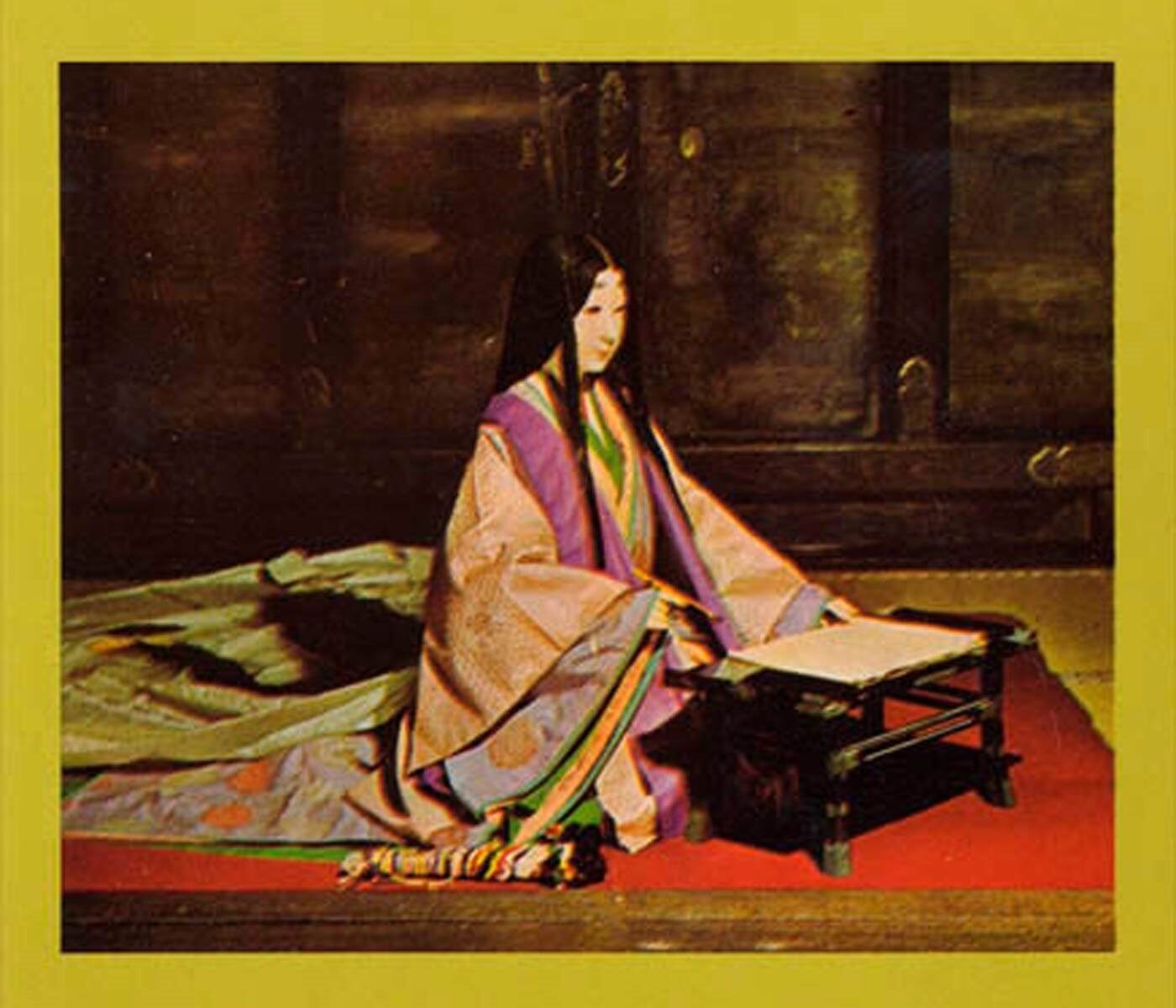Roland Barthes, Empire of Signs (1970)
Roland Barthes went to Japan. Or did he?
In what has to be one of the strangest dodges in the long history of travel writing, Barthes opens his book about Japan by declaring that he will not be “claiming to represent or to analyze reality itself (these being the major gestures of Western discourse),” but rather gather together some features from somewhere, call them a system, and name that system Japan. Are we clear? So later, after rhapsodizing about chopsticks and before rhapsodizing about the shape of Asian eyes, when Barthes lets it slip that he’s been checking out boys in rope bondage, you should keep in mind that there are in fact no boys, no ropes, only a system, and so you needn’t worry whether Monsieur has engaged in any major gesture of Western discourse.
Such slight of hand, of course, is not convincing, and one wonders if it’s all tongue in cheek. The caveat is as much a tradition of travel writing as descriptions of native dress, and here Barthes has simply taken it to a degree of absurdity worthy of a post-structuralist. What comes across, once you get past all the mumbo jumbo, are the sketchy observations of a clever visitor who liked Japan very much during his short time there. This is fine, I suppose, but Empire of Signs is already a short book, and if you were to take out the impenetrable semiotics nonsense, it would be little more than some jottings. Which is maybe all that it is.
So why did I end up reading it? Because people who write about travel writing inevitably cite it, that’s why. And here, perhaps, is Barthes’ most skillful magic trick: he has written a travel book that he claims is not a travel book, and in doing so he has turned it into a suitcase, always there for the next theorist to unpack.

